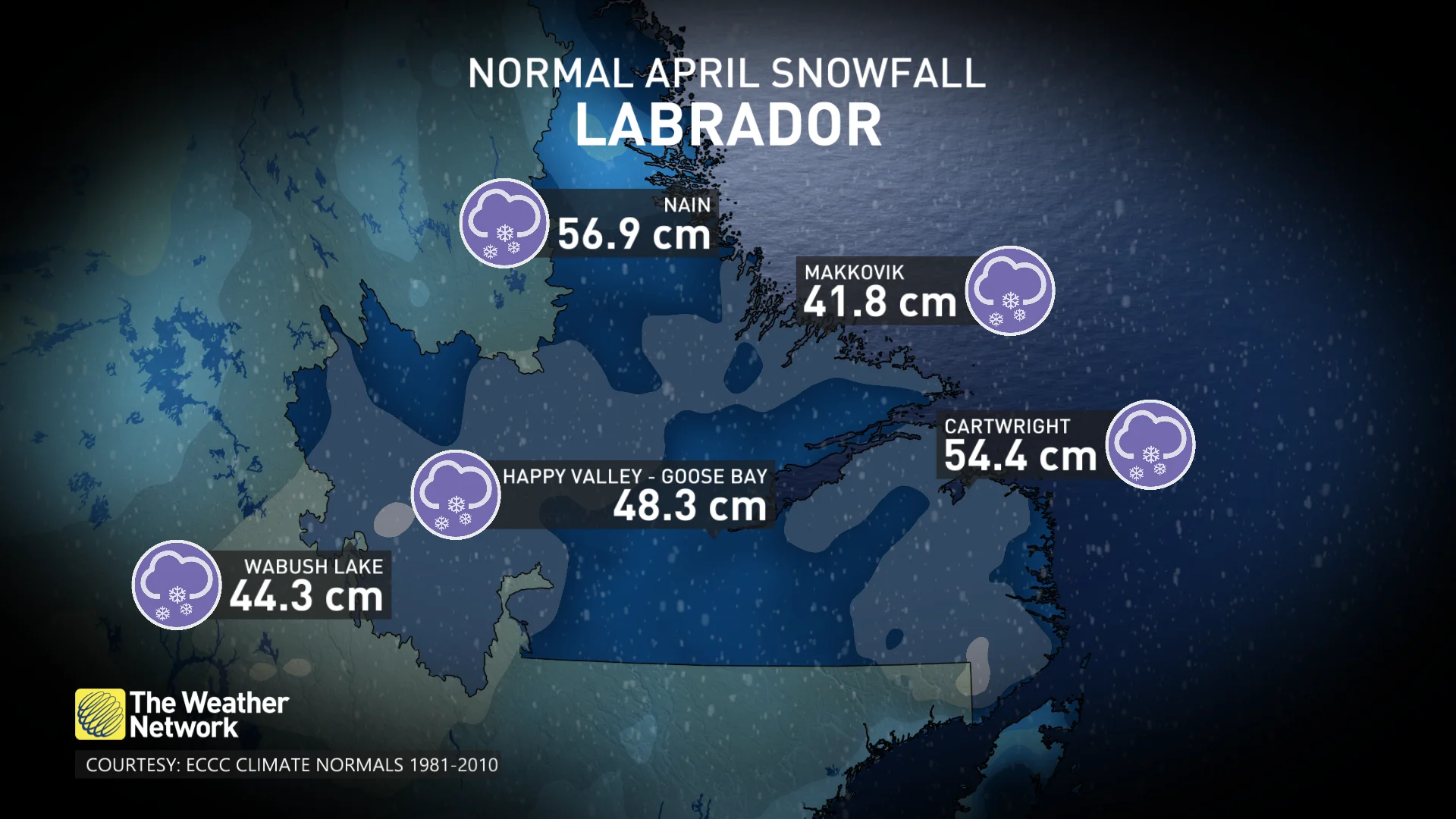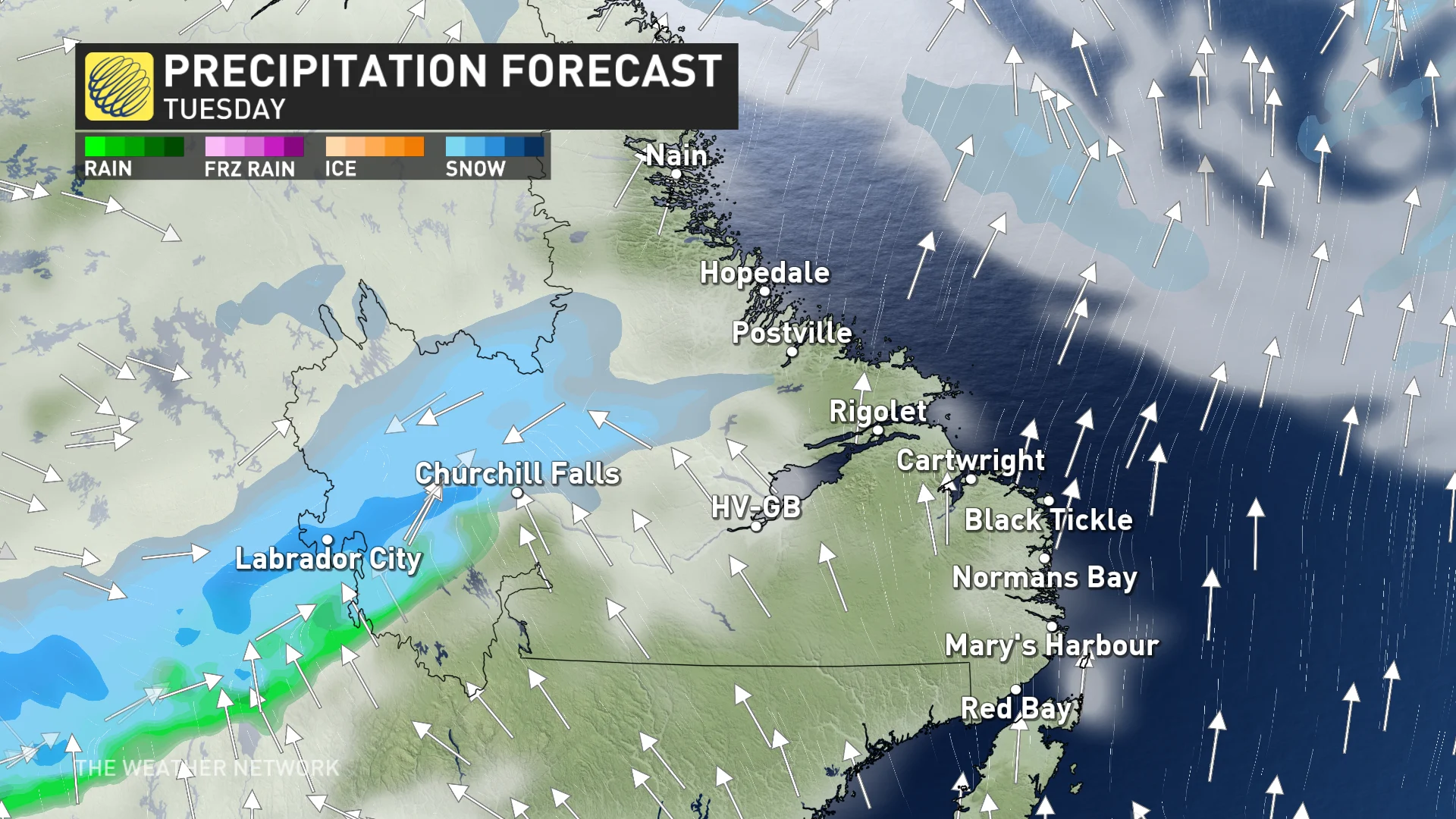News
How COVID-19 worsens Canada’s digital divide

|
|
Chawathil First Nation lies just 600 metres north of the Trans-Canada Highway in southwestern B.C., but it feels much more remote when you try to log onto the internet from here.
That’s apparent when, from behind a Plexiglas barrier at the band office, finance manager Peter John attempts to run an online speed test to measure the dial-up connection.
It takes nearly two minutes for the page to load, and once it does, the meter shows the download speed is an agonizingly slow one megabit per second (Mbps)
With that kind of setup, it means students struggle with online classes, and the band can’t hold video meetings.
“Everything they could get out of the internet, they’re not able to really get it because it’s not there,” John said.
When the pandemic thrust most school, work and services online, it further highlighted not just how essential the internet has become but also the urban-rural divide around access.
The CRTC recommends that every household have access to broadband with download speeds of at least 50 Mbps, and the federal government has set a goal to have Canada-wide broadband by 2030.
According to the CRTC, nearly 86 per cent of households overall have that level of service currently, but in rural areas only 40 per cent do. In First Nation communities, it’s estimated that just 30 per cent of households have internet connections with the recommended speed.
And even while the connections in remote areas are often slower, the service tends to be more expensive.
Deanna John, a child-and-family advocate as well as a band councillor for Chawathil First Nation, said those in the community who have internet pay around $130 dollars a month, while others come to the band office after hours to see if they can tap into the building’s network. Some choose to take a 35-minute bus ride to Chilliwack to use the Wi-Fi at a coffee shop, she said.
The limited internet has made it harder for residents to get health care.
John said the community’s doctor, who used to come about once a week before the COVID-19 pandemic, is unable to see patients online. Some residents have instead been driving to the nearby town of Agassiz for appointments.


“I would like [the internet] to be up and available … so we’re not struggling with our kids falling back on education and that we’re actually connecting our people to the mental health specialists out there,” said John.
John said the band had been speaking with Telus about upgrading the internet but was told it would cost tens of thousands just to increase the speed at the band office.
Federal funding
In the 2019 budget, the federal government announced $1.7 billion in funding to support high-speed internet in remote and rural areas: $1 billion is slated for a Universal Broadband Fund, for extending internet infrastructure; $600 million for satellites, which can help connect some of the most remote communities; and $85 million to top up an ongoing program called Connect to Innovate which helps fund specific community projects in rural and First Nation communities.
The Canadian Internet Registration Authority (CIRA), a not-for-profit organization that manages the .ca domain and advocates for better internet service, says it is currently working with about 400 rural communities to map connection speeds neighbourhood by neighbourhood. The organization also runs a yearly $1.25-million grant program to help communities invest in projects including internet infrastructure.


“Canada’s internet service providers have passed over a lot of communities because they’re just not worth it financially,” said Josh Tabish, corporate communications manager with CIRA.
“This is where we need the government to step up.”
He said experts believe it will cost up to $6 billion to roll out broadband across Canada and he believes the federal government needs to act faster. The application for the Universal Broadband fund has yet to open.
Tabish said about one in 10 Canadian households have no internet connection whatsoever, and the pandemic has exacerbated the gap in connectivity between rural and urban areas. He said high-speed internet has become even faster in cities, while it has plateaued in remote areas.
In the meantime, he said, those without it struggle with daily life.
Spotty satellite connection
In the hamlet of Ryder Lake, residents have been pleading for better internet for years. The community is made up of sprawling acreages and farms that stretch up a lush green mountainside in B.C.’s Fraser Valley.
The landscape was one of the reasons Sheri Elgermsa and her family of six moved here despite the fact that only satellite internet is available. When CBC News visited, her family was only getting about nine Mbps download speed.
WATCH | Family of 6 schedules online time due to slow speed, spotty service
“When we moved up here eight and a half years ago, the internet … was a social thing. It was nice-to-have,” Elgersma said.
“Now it’s become essential.”
When schools were closed back in the spring and classes moved online, Elgersma had to sit down with her four children and work out a schedule, as the internet connection would only allow one person to be online at any given time.
If there were any classes overlapping, she said, she would have to pick one over another.
Her oldest son, Elijah, 18, was often the priority, as he was wrapping up his final year of high school. He is now enrolled in a university program and has online classes two days a week, but even with no one else in the house allowed online at those times, the internet is still an issue.
“All of a sudden it kind of goes frozen and I miss half the stuff,” Elijah said.
“It’s a little bit frustrating.”





News
Peel police chief met Sri Lankan officer a court says ‘participated’ in torture – Global News
The head of one of Canada’s largest police forces met with a Sri Lankan inspector general of police who two weeks earlier had been found by the South Asian country’s highest court to have “participated in the torture” of an arrested man.
Photos published by Sri Lankan media, including the Ceylon Today, an English-language daily newspaper, show Peel Regional Police Chief Nishan Duraiappah in uniform posing alongside senior Sri Lankan officers on Dec. 29, 2023 at police headquarters in the capital Colombo – a visit a Peel police spokesperson says Global Affairs Canada and the RCMP had been made aware of ahead of time.
One of the law enforcement officials in the photos was the inspector-general of Sri Lankan police, Deshabandu Tennakoon, who earlier that month was ordered to pay compensation for taking part in “mercilessly” beating a man.
Peel Regional Police Chief Nishan Duraiappah signs a guestbook at Sri Lankan police headquarters in Colombo, as the country’s inspector general Deshabandu Tennakoon stands behind him. Sri Lanka’s Supreme Court found he took part in the torture of an arrested man. (Credit: Ceylon Today).
Ceylon Today
On Dec. 14, 2023, Sri Lanka’s Supreme Court ruled Tennakoon was involved in the brutal arrest of a man suspected of theft, holding him in what the court called the “torture chamber” of the police station for more than 24 hours, striking and suffocating him, and rubbing chili powder on his genitals.
Dr. Thusiyan Nandakumar, a physician who also runs the London, U.K.-based outlet the Tamil Guardian, called it a “stain on Canada’s reputation.”
“To see someone of (Duraiappah’s) stature receive a guard of honour from that very same institution that’s responsible for so many abuses was shocking, to say the least,” Nandakumar said.
Duraiappah declined Global News’ request for an interview. In a statement, a Peel Regional Police spokesperson called his trip to Sri Lanka “personal” and said there is “no ongoing initiative or collaboration between Peel Regional Police and any organization in Sri Lanka.”
Peel Regional Police Chief Nishan Duraiappah wears his uniform and walks by Sri Lankan soldiers in a visit Peel police describe as a “personal” trip. (Credit: Ceylon Today).
Ceylon Today
Duraippah was photographed multiple times during his visit wearing his Peel police uniform.
Rathika Sitsabaiesan – a former NDP MP and Canada’s first Tamil member of Parliament – says when someone wears a uniform, “you’re representing the organization for which you are the chief.”
Duraippah is the only police chief of Sri Lankan descent outside the South Asian nation, according to Peel police, which operates in Mississauga and Brampton, Ont.
“(It’s) very harmful to me as a Canadian, as someone who grew up in the region of Peel, and all the people who continue to live in Peel and who identify as Tamil, in my opinion,” Sitsabaiesan said.
The Peel spokesperson said Duraiappah accepted an invitation from Sri Lankan police officers while he was on a family vacation to the country of his birth.
More on Canada
The spokesperson would not confirm when asked if Duraiappah had met directly with Tennakoon beyond the photos, which show them holding a plaque together and Tennakoon standing behind Duraiappah while he signed a guestbook.
It’s not clear whether the event photographed was the only meeting or whether any additional ones were held, including whether Duraiappah and Tennakoon met outside of the moment they were photographed together.
Another Peel spokesperson added that “the Chief discussed the requests for meetings received with Global Affairs Canada and the RCMP.”
The RCMP says the force provided information to Duraiappah about Tennakoon, including about the recent court ruling, ahead of time.
“The Government of Canada did not organize the visit, which was considered a personal visit. However, given the RCMP’s close working relationship with Peel Regional Police, the RCMP Liaison Officer for Sri Lanka offered to facilitate Chief Duraiappah with arrangements involving police agencies in Sri Lanka,” an RCMP spokesperson said in response to questions from Global News.
“Information was provided to Chief Duraiappah for his situational awareness about recent developments in Sri Lanka, including the Sri Lankan Supreme Court’s ruling on Chief Tennakoon.”
Global Affairs Canada also said the visit was “personal.”
“The Government of Canada did not organize the visit” and “as is customary for meetings with high-level officials, staff from the High Commission of Canada to Sri Lanka accompanied the Chief as a courtesy,” Global Affairs Canada spokesperson Marilyn Guèvremont said.
Sitsabaiesan says “alarm bells should have gone off” given the country’s human rights record.
In October 2022, Canada adopted a United Nations Human Rights Council resolution calling on Sri Lanka to address the “human rights, economic and political crises” in the country.
The following year it sanctioned four government officials for “human rights violations on the island” and commemorated the Tamil Genocide Remembrance Day for the first time – marking the deaths of tens of thousands of Tamils during the country’s 26-year civil war.
“Canada is well-versed in the crimes that took place. It’s not something that Ottawa is blind to,” Nandakumar said.
While it’s not unusual for western officers to visit, collaborate or train police forces in developing countries, some have recently distanced themselves from Sri Lankan authorities.
In 2021, Scotland ended its training program for officers in the country over allegations of human rights abuses.
In January of this year, the United Nations criticized Sri Lankan police for their “heavy handed” anti-drug crackdown, with reports of arbitrary arrests, torture and public strip searches.
Tennakoon’s recent appointment as police chief shows “much about how law enforcement authorities in the island operate with impunity,” Neil DeVotta, an expert on South Asia and politics professor at Wake Forest University in North Carolina, said in an e-mail to Global News.
Nandakumar says the Peel chief’s visit to the Sri Lankan police headquarters raises questions about judgement.
“When a senior Canadian official goes to meet with forces accused of such egregious crimes … to see something like that take place, it was very disconcerting.”
“I think an apology is needed,” he said.
News
Body believed to be missing B.C. kayaker found in U.S., RCMP say – CBC.ca


The RCMP say a body that was recovered by authorities in Washington state is believed to be one of two kayakers reported missing off Vancouver Island on Saturday.
Const. Alex Bérubé said the identity of the body found on San Juan Island, just south of the border, is still to be confirmed by the coroner.
A search has been underway in the waters off Sidney, B.C., about 25 kilometres north of Victoria, since the two kayakers were reported missing.
RCMP previously said Daniel MacAlpine, 36, and Nicolas West, 26, went missing while kayaking from D’Arcy Island to View Beach on Saturday afternoon. They were in a teal blue, fibreglass, two-person kayak.
Police said members of the Central Saanich Police Department and Peninsula Emergency Measures Organization search and rescue were involved in the search, and the Joint Rescue Co-ordination Centre and Canadian Coast Guard were also assisting.
News
Some Canadians will be digging out of 25+ cm of snow by Friday – The Weather Network
Digital WritersThe Weather Network


Prepare for multiple rounds of April snowfall this week, as Labrador braces for wintry conditions. This onslaught of snow is expected to blanket the region, potentially leading to hazardous travel conditions and disruptions throughout the week
As we march even deeper into the heart of the spring season, many parts of Canada are finding it tough to find any consistent signs of warming weather. Add to the mix periods of snow and wintry precipitation, and it’s safe to say the winter season is certainly not going out without a strong fight.
This week, parts of the East Coast will bear the brunt of the winter weather, with multiple rounds of April snowfall stacking up in Labrador. The chances for snow flurries will stick around all week long, bringing as much as 25 cm for some.
MUST SEE: Extreme pattern over Arctic produces 50+ degree temperature spread
Although 25+ cm of snow in April may seem extreme, for this part of the country, it’s definitely nothing out of the ordinary. In fact, the month as a whole brings about 40-50 cm of snow to Labrador on average.


Some communities, including Nain, even have snowfall chances stretch all the way into June!
“This week will be a little bit different however, as some regions could reach about half of Labrador’s monthly averages alone,” says Rachel Modestino, a meteorologist at The Weather Network. “The first round on Tuesday will pack quite the punch, with heavy snow and gusty winds stretching from Labrador city to the coast.”


Winds will be gusting between 70-90 km/h at times, and travel conditions will likely deteriorate quickly due to potential whiteouts and reduced visibility.
-



 Science24 hours ago
Science24 hours agoOsoyoos commuters invited to celebrate Earth Day with the Leg Day challenge – Oliver/Osoyoos News – Castanet.net
-



 Politics24 hours ago
Politics24 hours agoHaberman on why David Pecker testifying is ‘fundamentally different’ – CNN
-
Business23 hours ago
Gildan replacing five directors ahead of AGM, will back two Browning West nominees – Yahoo Canada Finance
-



 Health22 hours ago
Health22 hours agoIt's possible to rely on plant proteins without sacrificing training gains, new studies say – The Globe and Mail
-



 Tech22 hours ago
Tech22 hours agoMeta Expands VR Operating System to Third-Party Hardware Makers – MacRumors
-



 Politics23 hours ago
Politics23 hours agoFareed’s take: There’s been an unprecedented wave of migration to the West – CNN
-



 Tech23 hours ago
Tech23 hours agoBrian's Randoms from Sea Otter 2024 – Pinkbike.com
-



 Science22 hours ago
Science22 hours agoNASA's Voyager 1 resumes sending engineering updates to Earth – Phys.org












